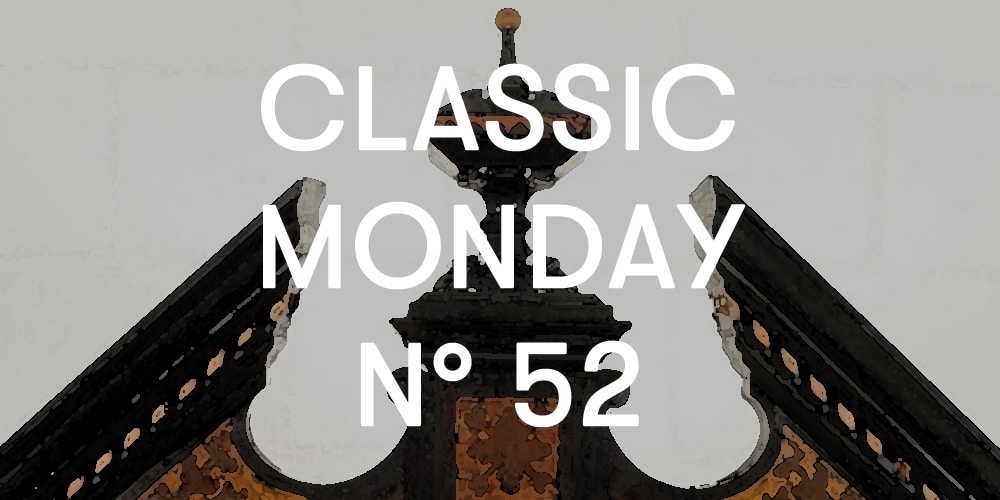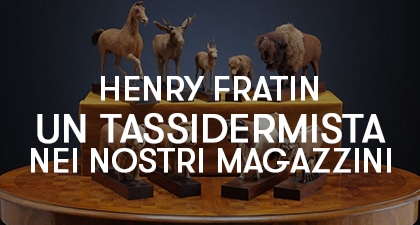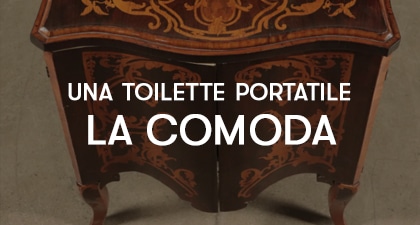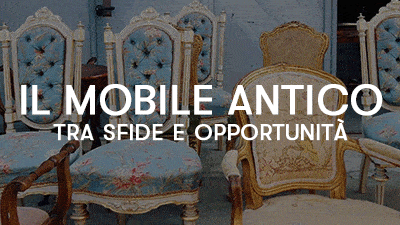
After the Easter break here we are back with our Monday column, which offers a different antique product every week.

Our protagonist today is a spectacular and imposing sideboard in neo-Renaissance style. Built in the early twentieth century, it is supported by corbelled feet and in the lower part has two paneled doors framed between two semi-columns that support the underfloor band, in which there are two other drawers. Above the top rests a riser with a large open compartment with a paneled bottom, above which there is a band with three drawers and a shelf. The structure ends with a refined architectural cimasa with a broken front.
The neo-Renaissance taste is fully reflected in the decorations that adorn the furniture.
If the carved parts, such as the balustrade, the foliaceous volutes and the turned elements of the cymasa, as well as the handles of the drawers, in the shape of protomes, are still fully eclectic taste of the late nineteenth century, the speech that must be made for the inlays is very different.



The sideboard is in fact entirely adorned with inlays of Renaissance taste, with candelabras, phytomorphic and floral motifs. Some of these inlaid reserves are, however, very special as they are characterized by the recovery of ancient neoclassical inlays. The inlays of the two drawers on the front and sides are in fact made up of panels from an ancient piece of furniture of the second half of the eighteenth century. It is probably the front of drawers and sides of a neoclassical dresser or chest of drawers.
Certainly the reuse of older parts is not unusual in art history.
Already in the Renaissance period it is not unusual to find works in which ancient, classical or medieval artifacts are integrated. This practice is also found in the following centuries, such as, for example, in the reuse of ancient marbles recovered from excavations and reused in the realization of console and coffered tops.
The use of ancient parts assumes a valuable value, in the integration with the new and in the continuous dialogue between the two parts.








